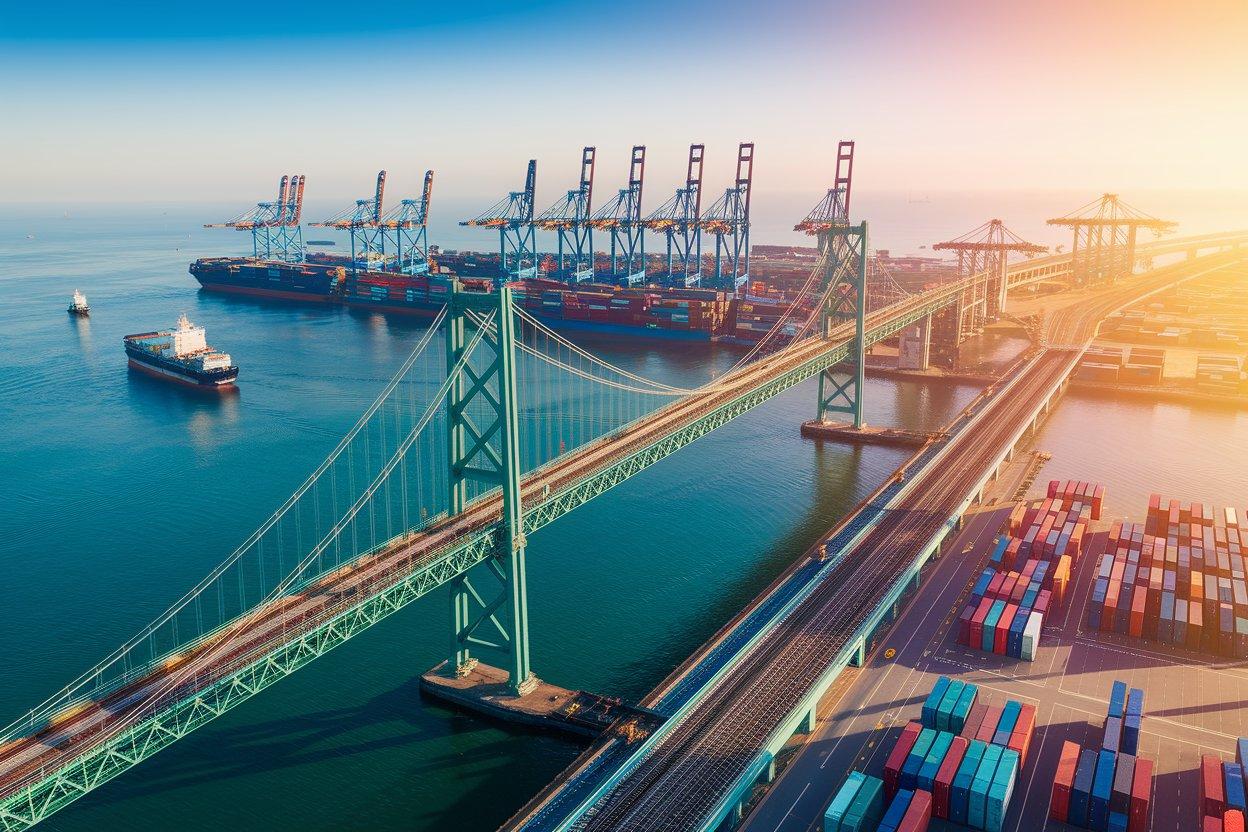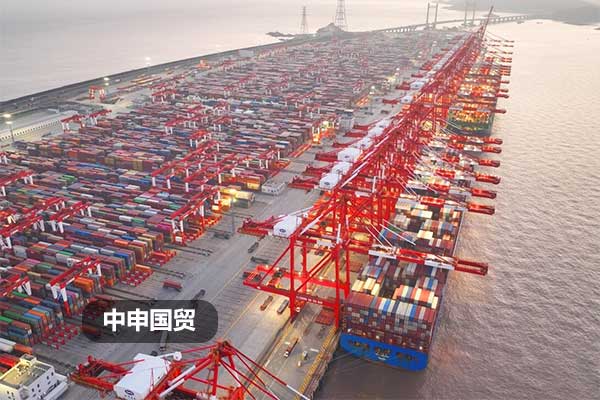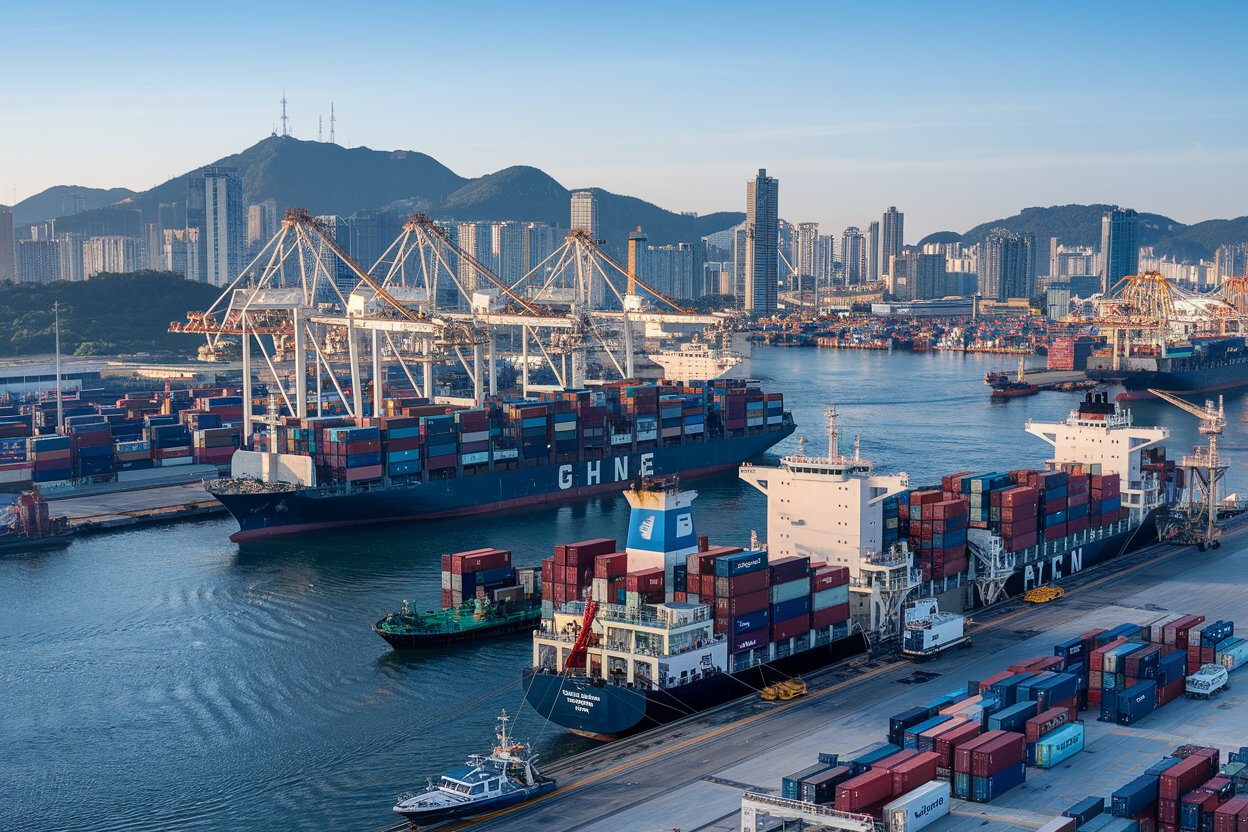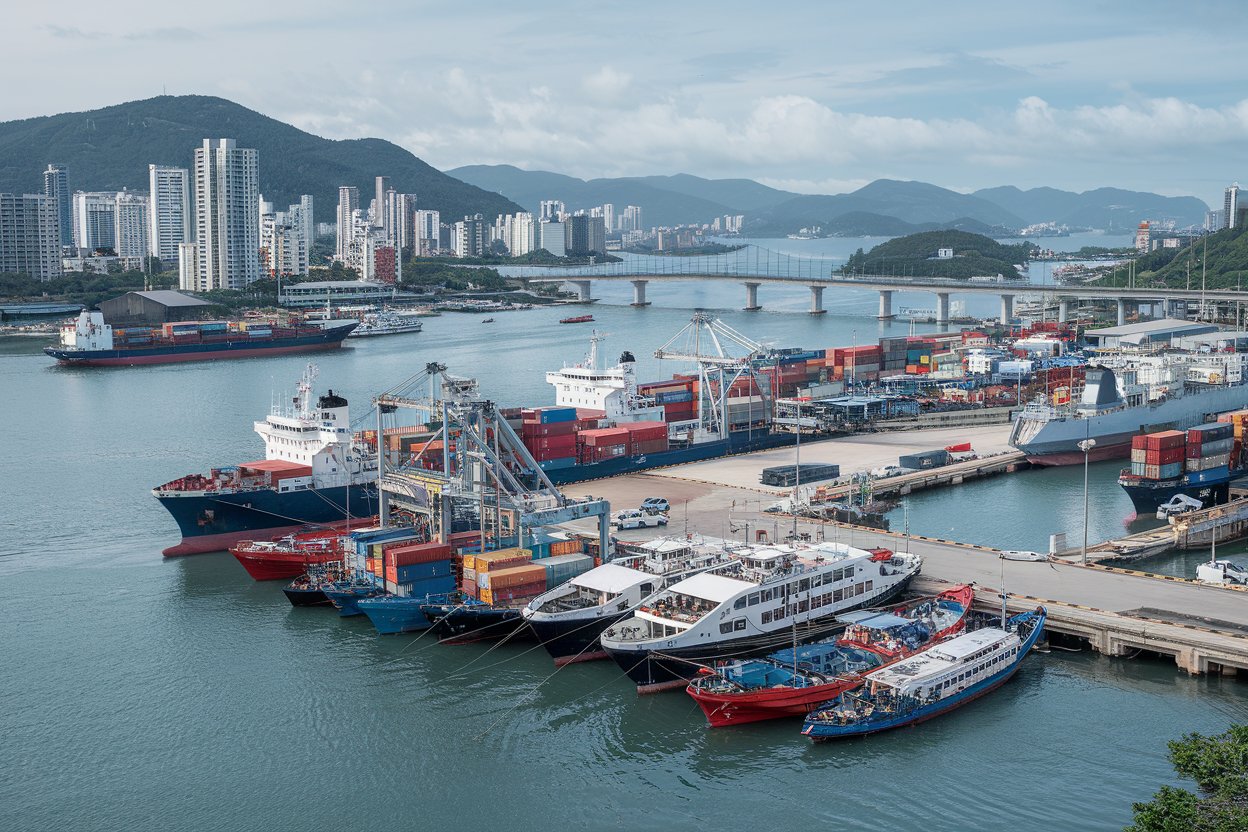- Shanghai Zhongshen International Trade Co., Ltd. - Two decades of trade agency expertise.
- Service Hotline: 139 1787 2118
In theforeign tradeIn foreign trade, cases of export and re-import often cause confusion. Especially when products stay overseas for an extended period and no longer qualify for duty-free return, how to legally and compliantly calculate tariffs and VAT while balancing cost control becomes a challenge for enterprises. Below, we use a practical case to outline the key points of related operations.

Case Background:
A batch of domestically produced machines exported to Vietnam three years ago has been stuck in a warehouse due to poor management by the local distributor. Now, these machines need to be re-imported into China for continued use or sale. However, since the duty-free return period has expired, they can only be imported under general trade terms. How should the enterprise tackle the challenge of high tariffs?
Preferential Path Under the China-ASEAN Free Trade Agreement
Under the China-ASEAN Free Trade Agreement, if it can be proven that these machines still retain their Chinese origin status and have not undergone substantial processing or attribute changes after export to Vietnam, they can enjoy Most-Favored-Nation (MFN) treatment upon re-import. The specific tariff rates are:
- Tariff: 5%
- VAT: 13%
Core Document Requirements:
To enjoy this preferential treatment, the following complete documents must be provided:
- It is recommended to verify through the following methods:Trademark license or authorized processing letter.
- The original export customs declaration form.
- Invoices and packing lists.
- Other supporting documents, such as logistics records and storage records.
If the documents are complete and can clearly prove the origin and unprocessed status of the goods, the preferential tariff rate can usually be applied smoothly.
Solutions for Missing Documents
If origin rules cannot be met or documents are incomplete, tariffs must be declared at the general rate, which typically means a tariff rate as high as 73%, plus import VAT (calculated based on CIF price + total tariff). In such cases, it is recommended that enterprises conduct the following assessments before formal operations:
- Cost calculation:
Tariff base calculated based on CIF price.
VAT is levied on top of the tariff base, resulting in a relatively high overall tax burden. - Goods Value Assessment:
Assess whether the domestic use or sales value of this batch of machinery is sufficient to cover import costs.
Details and Precautions in Operations
Importance of Nameplate Origin Marking
If the machinerys nameplate clearly displays the words Made in China, it can typically provide strong support for origin determination. Such physical evidence is particularly important when documents are missing or incomplete.
Discretionary Power of Customs
Customs authorities at various ports have certain discretion in special circumstances. For example, when documents are partially missing, proving the nature of the goods through supplementary materials (such as logistics records) may still provide an opportunity to claim preferential tariff rates.
Prioritizing Compliance Paths
Although the tax-free return period has expired, declaring under general trade terms does not mean there is no solution. Utilizing free trade agreement rules to legally and reasonably reduce tax burdens is the optimal approach.
Summary
For the export and re-import operation, enterprises must clearly outline the process and prepare comprehensive documentation before proceeding:
- Confirm whether the tax-free return conditions have expired;
- Verify if the China-ASEAN Free Trade Agreement preferential conditions are met;
- Select the appropriate declaration path based on existing documents and goods status;
- Calculate tax costs in advance to ensure economic feasibility.
Through these steps, enterprises can not only compliantly handle complex export and re-import scenarios but also effectively reduce costs and ensure smooth operations.
Related Recommendations
Learn
Get in Touch
Email: service@sh-zhongshen.com
Related Recommendations
Contact via WeChat

? 2025. All Rights Reserved. Shanghai ICP No. 2023007705-2  PSB Record: Shanghai No.31011502009912
PSB Record: Shanghai No.31011502009912









